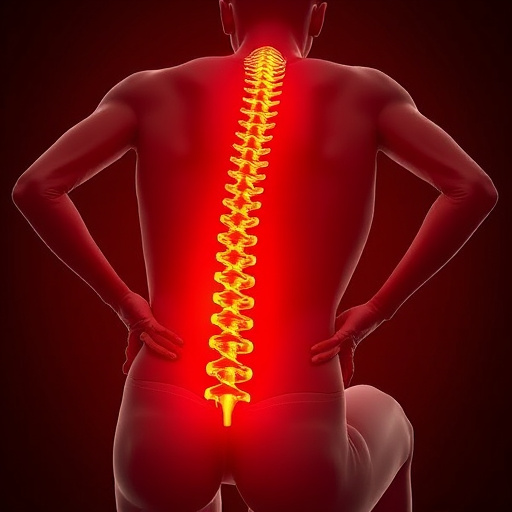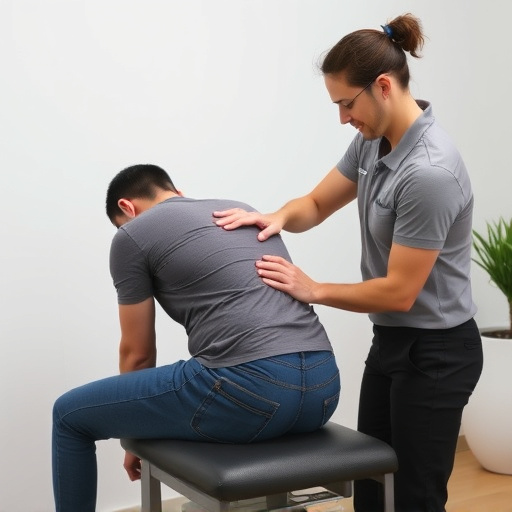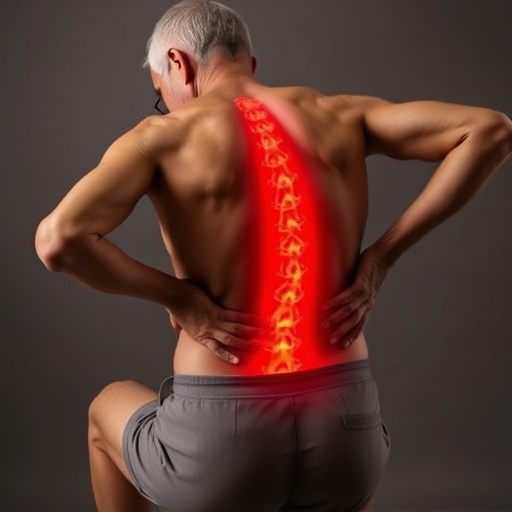Pinched nerves, caused by repetitive motions or trauma, lead to discomfort and disability with symptoms from pain to numbness. Natural remedies, including yoga, stretching routines, and spinal adjustments, offer effective pinched nerve relief without aggravating the condition, focusing on decompressing nerves, improving blood flow, and promoting healing for a holistic approach.
Suffering from a pinched nerve? Discover natural remedies with exercises tailored to provide immediate relief. This guide delves into understanding the root causes and symptoms of pinched nerves, focusing on non-invasive techniques for long-lasting relief. We explore effective stretches designed to target areas prone to pressure, offering a holistic approach to healing. Reclaim your comfort and mobility with these best practices for achieving natural pinched nerve relief.
- Understanding Pinched Nerves: Causes and Symptoms
- Non-Invasive Exercises for Natural Relief
- Targeted Stretches to Release Pressure on Nerves
Understanding Pinched Nerves: Causes and Symptoms
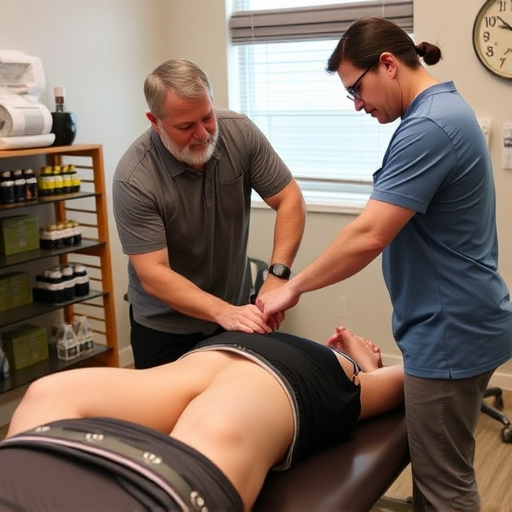
Pinched nerves, a common issue affecting individuals from all walks of life, occur when pressure is placed on a nerve, leading to discomfort and potential disability. This can be caused by various factors, including repetitive motions, poor posture, muscle strains, or even external trauma such as car accident injuries. Symptoms manifest in various ways, often characterized by sharp pain, numbness, tingling sensations, or weakness in the affected area. For instance, a pinched nerve in the arm might cause a burning feeling and reduced sensitivity below the elbow, while a pinched sciatic nerve can result in intense lower back pain radiating down the leg.
Chronic or severe cases of pinched nerves may require medical intervention, such as chiropractic treatment, to realign the affected joints and relieve pressure on the nerve. However, many instances can be managed at home through natural remedies and lifestyle adjustments. Promoting back pain relief and overall pinched nerve relief involves a combination of rest, ice therapy, compression, elevation (RICE protocol), and gentle exercises tailored to strengthen relevant muscle groups without exacerbating the condition.
Non-Invasive Exercises for Natural Relief
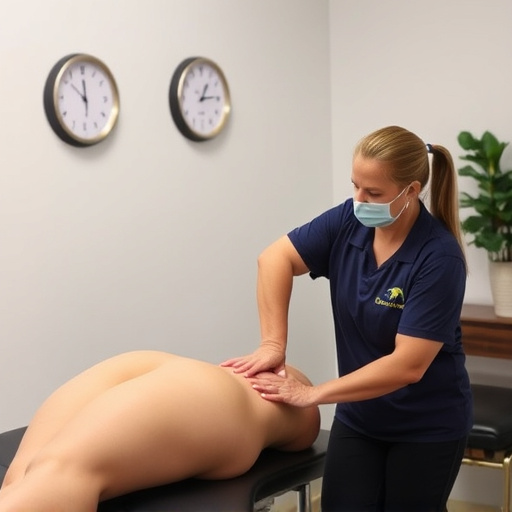
Many people turn to invasive procedures or medications for pinched nerve relief, but there are effective non-invasive exercises that can provide natural symptom alleviation. Incorporating specific activities into your routine can help reduce pressure on nerves, improve blood flow, and promote healing in affected areas. For individuals dealing with a pinched nerve resulting from a sports injury recovery or post accident rehabilitation, these exercises offer a gentle yet powerful approach to regaining comfort and mobility.
The key lies in choosing movements that don’t aggravate the condition while encouraging range of motion and strengthening surrounding muscles. Simple activities like yoga, tai chi, and specific stretching routines are excellent options for pinched nerve relief. These practices focus on controlled movements, deep breathing, and mindfulness, which can aid in relaxing tense muscles and reducing compression around nerves. Incorporating these non-invasive exercises into your daily routine might be the first step towards a more natural and holistic approach to injury rehabilitation.
Targeted Stretches to Release Pressure on Nerves
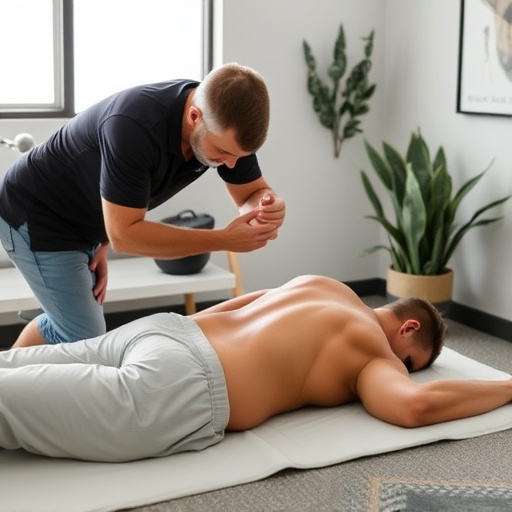
Nerves that are pinched or compressed can cause significant discomfort and even disability. One effective way to find relief naturally is through targeted stretches designed to release pressure on these sensitive areas. By focusing on specific muscle groups and joints, these stretches can help decompress the spine and surrounding nerves, offering immediate and long-lasting pinched nerve relief.
Incorporating gentle yoga poses, such as the cat-cow stretch or child’s pose, can be highly beneficial. These exercises facilitate movement in the upper back and neck, areas commonly prone to nerve compression. Additionally, basic stretching routines targeting the shoulders, arms, wrists, and hands can significantly reduce tension and promote better pain management. Remember, when it comes to soft tissue injuries, these stretches are a safe and effective way to initiate healing without causing further harm, often requiring no more than a few minutes each day. Even a simple spinal adjustment, done correctly, can provide immediate relief by realigning the vertebrae and freeing trapped nerves.
In conclusion, a combination of understanding the causes and symptoms of pinched nerves, alongside targeted non-invasive exercises and stretches, can offer effective natural relief. By incorporating these strategies into your routine, you can take proactive steps towards alleviating nerve pressure and achieving lasting pinched nerve relief.









